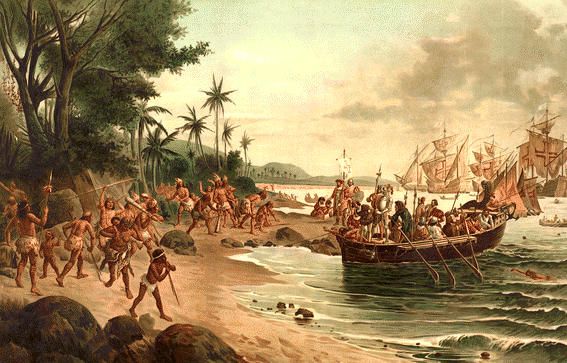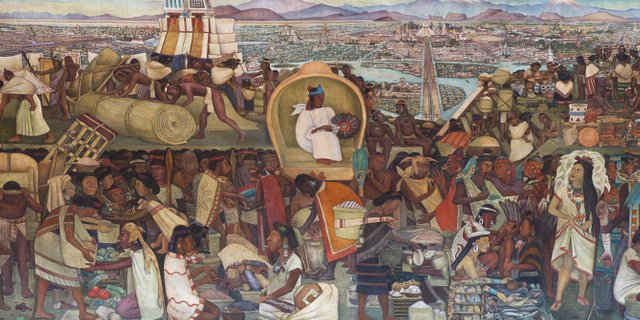Comprehensive Book Review of " A History of Modern Latin America: 1800 to the Present by Teresa Meade
Meade, T. A. (2010). A History of Modern Latin America: 1800 to the Present. United Kingdom: John Wiley & Sons Ltd.
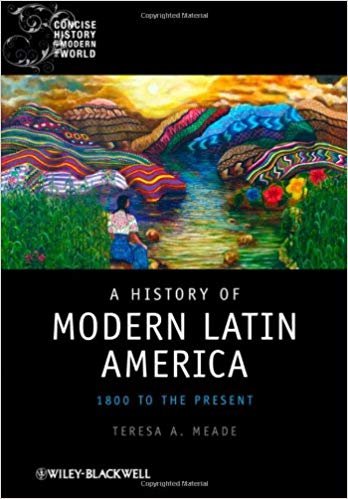
Source
Driven by her profession, Teresa A. Meade on her work had written an interpretation about the history of the diverse and immense region of Latin America over the two centuries. “A History of Modern Latin America: 1800’s to the Present”, a book that presents historical events within the 19th century up until the contemporary.
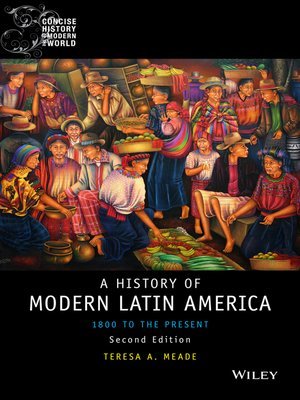
Source
The book has main objectives, itself seek to make availability as a representation for class discussion, self – taught for students and teachers and to all readers. And since the book is about the History of Latin America that has a huge geographical area, the author tried much to give extensive studies and researches, interviews to an account of chosen notable people and even fictional interpretation that is based on facts throughout its contents. Hence, the author explored from state to state, from borders to borders because according to her, as for Meade:
“I present examples of what transpired in a single nation at a specific time as representative of a wider phenomenon and to serve as a window into the ideas, conflicts, social movements, cultural trends, and ascribed meanings that have made an appearance on Latin America’s historical landscape.”
As considered by the author, even just through analyzing some small portions of the region can lead to understand the Latin America as a whole.
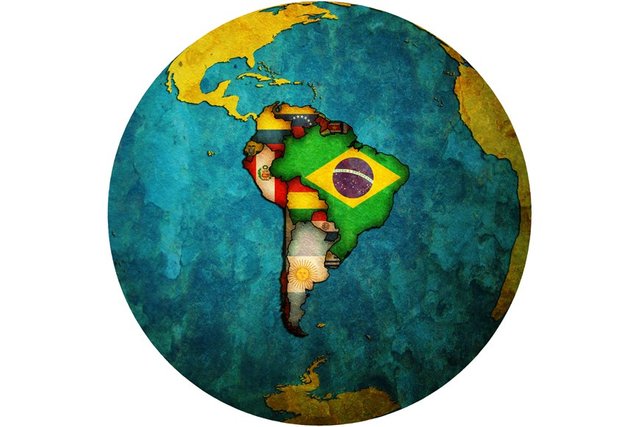
Source
Perhaps!The book consists of topics either simple or broad, whether it’s about the political or economic aspects, whether it’s the social or cultural history of the region, what it may encompass is the Latin America in the 18000’s. There could be no specific argumentation to debate or to examine that should’ve been clearly identified by Meade apart from its given chronology. On the other hand, one of the main objectives of the book is to present the history of Latin America since the European invasions to its ancestry, the region’s changes and evolutions by the time and not a book, for instance, that seeks to hold or prove a distinct argument.
Furthermore, the author tried to avoid regional history yet pursue to expose all the historical events of Latin America as a whole by the era given; it should be distinguish by the predicament that is often unavoidable. It is problematic to tackle a certain series of historical matters provided by a manifestation that some occurrences like of that chronology is contradicted by the historical topic being discussed. Although on her account, Meade recognized her errors and lapses in the book.
“Latin – America” to one of the theory that is describe on the book of Meade, it is a name of new lands given by the Spain and Portugal who were the first to colonize the area in reference to the Latin – based languages. The region’s major geographical coastlines and topographical landmarks are large; it is fortunately granted with large rainforest, of huge lakes, of minerals, a home of different species and rich of natural resources. As what the figures given by the author, it is to conclude that the African and Asian ancestry predominate in Latin – America. The level of economic and political equality has brought an effect to the diversity of its population; majority of its people is impoverished. In terms of international economic ties, US trade economic investment and trade agreements are much favorable to them. Political leaders in many countries in Latin – America had find solutions to its major problems namely, poverty but are still inconsistent.
The book was able to trace the history Latin – America in the 18th century; the role of the Enlightenment philosophy had paved reforms and rebellions against the anarchies of the Iberian powers in the different areas in the region. The pattern of the administration of the two Iberian powers on the area is trace in the work of Meade, crown and church are what symbolize the authority of power and privilege imposed exerted through the indigenous hierarchy. Gender roles in the 18th century is also expose by the author, the role of some women, with nothing to lose and everything to gain, rebellious, were, had took actions against their enemies.
Freedom viewed by the oppressors varied according to race, social class, status and occasionally gender. A slave revolt struggles for independence in Latin America and the Caribbean gone through in the 18th century. It should be noted that the story of independence in Latin America begins neither with Spain nor Portugal but with the revolts by the slaves against France. The third chapter, “Competing Notions of Freedom” gives an emphasis to the role of slavery in Latin America and in the Caribbean Societies, which its system of slavery, basically, varies from places to places.In the chapter, “Fragmented Nationalism, Meade focus on the factors of political, economic and cultural abilities that influences responsible for the emergence of independent states and nation building process during the 19th century. “Caudillos”, a concept emphasized in the chapter – different ideas, and examples is show to know their varieties, their role and contributions. Also, the concepts of “Latifundia”, or a very large tract of land is exemplify how land tenure became unequal by the time Latin America have slowly gain its independence(Meade, 2010). Religion, language, physical characteristics, social conditions are the barriers that made people and communities separated from each other. Here, the changes of the role of women in the society during the period is also discussed, status of women’s living may distinguish accordingly to their authority and independence. The intervention of the Church and state in has an impact to the people of living in the region, social classes or position, gender, race influence the way people lived.
The newly independent state of Latin America embraced free trade policies and new forms of economic control, the neocolonialism. The region has extensive natural resources, minerals and other extensive products by the 20th century, Britain and other foreign powers exerted on its economy. In “Latin America’s Place in the Commodity Chain”, seeks to explain the pros and cons of economic liberalism hence, provided example to best comprehend the chapter. The book gave situational analysis to the series regional economy to the distinct place like, of the coffee cultivation in Colombia, mining nitrates in Chile, Central American and Caribbean Nations monopolies of sugar, fruit etc. Notable people namely, Porfirio Diaz is also discussed on this here and in the following chapters of the book.
:max_bytes(150000):strip_icc():format(webp)/GettyImages-722243955-59cea24122fa3a00115b9738.jpg)
Source
“Immigration and Urban and Rural Life” in here, Meade seek to trace the immigrants who came in the region in the final decade of the 20th century. Chinese were the principal non – western immigrants, mostly men migrated to the sugar plantation in Cuba, then rerouted to Mexico when US establish restrictions for migrations. While the Japanese immigration took place to the countries, Brazil and Peru during World Wars I and II. Other European countries emerged in the last decade of century, Spanish immigrants entered countries like Cuba. French, German, English, Russians, Mennonites and others, were encouraged by the Paraguay for settlements during the War of Triple Alliance. French invasions which introduced modern liberal ideas, free press, living and other European measures are also narrated by the author. The book also narrated the immigrants settling in Buenos Aires, an illustration is viewed for British investments its economic role particularly in Argentina.
The author emphasized Mexico as it became the first social revolution by the 20th century as Meade defined Mexican society as superficial and fundamental.“Porfiriato”, the era bearded by the name of Porfirio Diaz old-style corruption embarrassed Mexico’s image as an independent state thus defeated in the electoral after three decades of service. In the next series of chapters, the author is able to present Mexico from its notable politicians and its internal struggles up to its 1917 Constitution that cause violence characterized by the revolutionary process. Furthermore, the revolutionary transformation affected the peasantry, miners, and industrial occupations and services. Revolutionary had gone through the countryside of Mexico up its own city to seek for fair election and return to constitutional law to demand and social justices and equality before the eye of the law across class and ethnic links.
“The Americans in the 21th Century”, by the beginning of a new millennium most of the countries were still under military control few of them were ideals of democracy. Latin America had gone through dramatic change in social priorities namely, education, health care, living wage and help to poor. It had faced a lot of destructions because of illegal activities, corruptions and even environmental instability.
Conclusion
Therefore, “A History of Modern Latin America: 1800’s to the Present”, is a book that oversight all the historical events from the beginning of the era given until in the contemporary. It can also be seen in the book the transformation of Latin America since the Iberian colonialist, the intruder of the continent contributed a lot of influences in shaping the history especially its people.
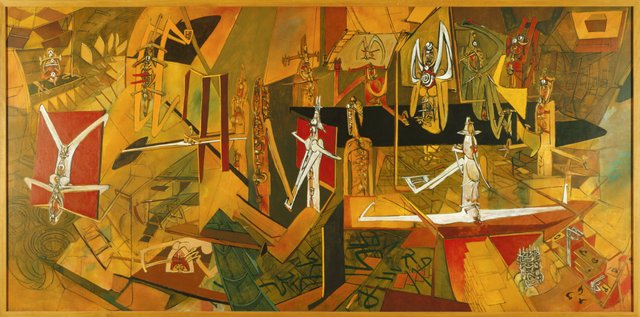
Source
From the time when the Iberian powers took control the people had been oppressed by their own lands until enlightened by the ideas to revolt against treatments that are unjust and intolerant. In the social and cultural aspects, superiority by the Europeans prevailed whereas discrimination to the native people or the Indians and other lower classes were enacted. However, the political system had evolved since each country gradually attained their independence from the colonialist whom, had seek to become an independent state. In the economic viewpoints, European interruptions and interest are undeniable so it is to conclude that the Latin America within the period had taken a lot of political and economic struggles and efforts for progress and development. Gender roles, the women’s functions and involvements as emphasized in the book were fragile to the changes demanded by the society they belonged.Although, Latin America had become naughty that it can be seen in the period there were many revolutionary movements and uprisings, issues on drugs, immigration and neoliberalism, poverty, social struggles etc. – A conflict to a certain part of the region can affect the other country. Nevertheless, Latin America had reached improvements and advancements, it aim for welfare and seek to become competent.
The book is essential among readers who are searching for a comprehensive interpretation and analysis of Latin America. Subsequently, the book has a wide scope so it is predictable that certain historical matters cannot be included on the other hand, it only represents shallow discussions and not really the deeper and more detailed comprehension on each part. However, the uniqueness of it from the other books is, readers can easily cope up to the contents – it is informative, revealing and educational. Definitions and concepts are purely taken from the notable people being referred by the author. All its contents and materials can serve as a guide for further class discussions hence, the book may not have all the knowledge so it is also adequate to refer to the further readings provided by the author.
Posted from my blog with SteemPress : http://zam398.vornix.blog/2018/08/11/comprehensive-book-review-of-a-history-of-modern-latin-america-1800-to-the-present-by-teresa-meade/
